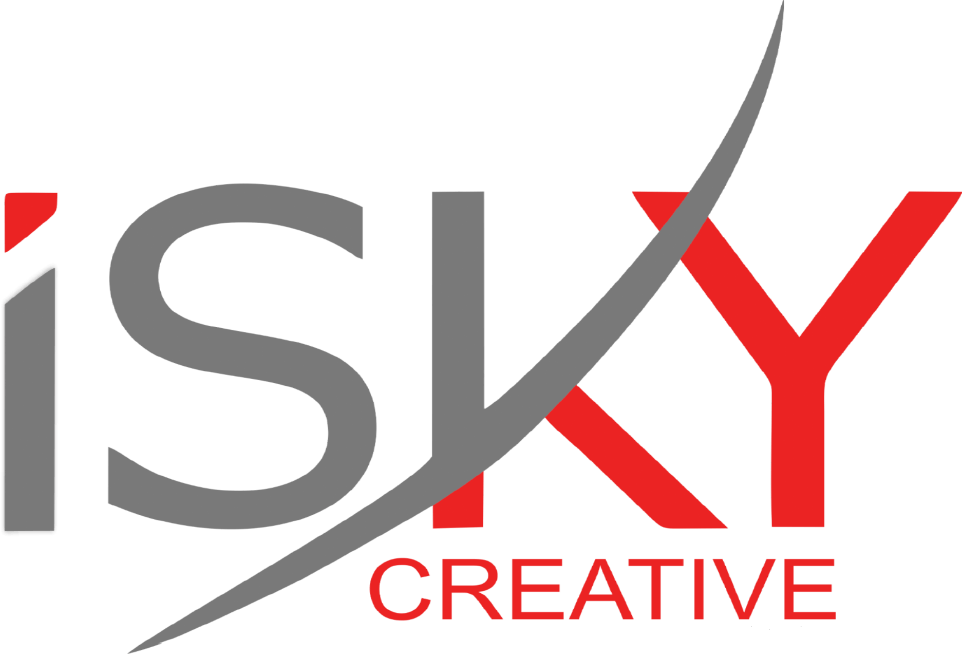In the digital realm, where attention spans are short and load times are crucial, optimizing images for web performance and search engine optimization (SEO) is paramount. Images play a significant role in engaging users, conveying messages, and enhancing the overall aesthetic of a website. However, if not properly optimized, they can also slow down page load times and hinder SEO efforts. In this guide, we’ll explore effective strategies for optimizing images to strike the perfect balance between visual appeal, web performance, and SEO.
- Choose the Right File Format: Selecting the appropriate file format is the first step in image optimization. The most common formats used for web images are JPEG, PNG, and GIF. Each format has its strengths and weaknesses:
- JPEG: Ideal for photographs and images with complex colors. It offers high compression rates while maintaining decent image quality.
- PNG: Suitable for images with transparent backgrounds or simple graphics. PNGs support lossless compression, ensuring high image quality.
- GIF: Primarily used for simple animations or images with limited colors. It supports animation but has limitations in color depth.
- Compress Images Without Compromising Quality: Image compression is crucial for reducing file size without significantly impacting visual quality. There are two types of compression: lossy and lossless.
- Lossy Compression: Removes unnecessary image data, resulting in a smaller file size. While it may slightly degrade image quality, the loss is often imperceptible to the human eye.
- Lossless Compression: Reduces file size without sacrificing image quality. This method is preferred for images with text or sharp lines.
- Optimize Image Dimensions: Resize images to match the dimensions required by your website’s layout. Uploading oversized images and relying on HTML or CSS to resize them can slow down page loading times. Use image editing tools to scale images to the appropriate dimensions before uploading them to your website.
- Implement Responsive Images: With the prevalence of mobile devices, it’s essential to ensure that images display correctly across various screen sizes. Implement responsive images using HTML attributes such as srcset and sizes, which allow browsers to select the most appropriate image file based on device resolution and viewport size.
- Utilize Image Metadata: Image metadata, such as alt text, title, and description, not only provide valuable information to users but also improve SEO. Ensure that each image includes descriptive and relevant alt text, which aids accessibility and allows search engines to understand the content of the image.
- Consider Lazy Loading: Lazy loading is a technique that defers the loading of non-essential resources, such as images, until they are needed. Implement lazy loading to prioritize the loading of critical content, thereby improving page load times and user experience, especially on image-heavy pages.
- Optimize Image Filenames: Use descriptive filenames that accurately reflect the content of the image. Avoid generic filenames like “image001.jpg” and instead opt for descriptive phrases that include relevant keywords. Search engines consider filenames when indexing images, so strategic naming can enhance SEO.
- Utilize Image Sitemaps: Including images in your website’s sitemap helps search engines discover and index them more efficiently. Generate a separate image sitemap that lists the URLs and metadata of all images on your site, then submit it to search engines via Google Search Console or Bing Webmaster Tools.
- Monitor Performance and Make Adjustments: Regularly monitor your website’s performance using tools like Google PageSpeed Insights or GTmetrix. Pay attention to image-related performance metrics, such as image size and loading times. If necessary, make adjustments to further optimize images and improve overall web performance.
By implementing these strategies, you can ensure that your website’s images not only enhance visual appeal but also contribute to improved web performance and SEO. Image optimization is a continuous process, so regularly review and refine your techniques to stay ahead in the digital landscape.

